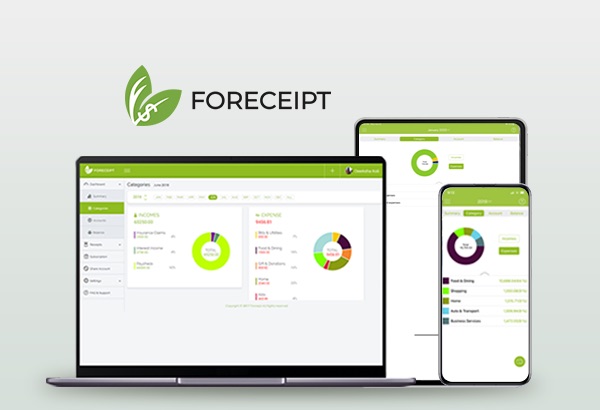August 19, 2020
Going paperless, broadly speaking, means exchanging and archiving information digitally rather than using letters, invoices pages on print. For example, retail chains with physical storefronts, such as the Apple Store, Staples, and Shoppers Drug Mart will email your receipt instead of printing it out for you at the point-of-sale. This is handy for a couple of reasons: filing things on your computer saves time and space, you don’t have to worry about losing a little slip of paper, and no trees or ink are wasted in the process. For the business, they save on print costs, boost their green footprint, and serve customers better with digital data that is easier to access. It’s a win-win for all parties involved!
Why Go Paperless?
Reduces operating costs. Paper files, folders, and cabinets all take up space in offices which end up costing businesses greatly. In fact, most organizations state that office space is their second-highest cost right behind employee salaries. Scanning documents and importing them into a document management system would eliminate this issue and save companies money. No longer would you have to search for documents in storage rooms or pay for wasted space taken up by the paper. You can now fill the space with more employees and turn an expense into a profit.
Finds information faster. It is estimated that employees spend one-third of their working hours looking for paper documents. Electronic documents are easier to file and find because they can be indexed using keys like date, document type, or other user-defined criteria. You can even use full-text searching, making it simple and quick to find important business documents on-premise or in the cloud.
Customizes documents to meet your needs
Working in a business environment, customers want business documents to meet their unique needs. Electronic document management systems and e-forms solutions allow you to create personalized electronic or paper-based forms and reports to fit customer formats or unique business processes. You can also set up your files to be split, formatted, distributed, and archived automatically.
How to Go Paperless?
Take Notes & capture paper invoices with your smart devices
Today’s smartphones and tablets are very powerful tools with a lot of features and functions. Most of these devices offer excellent features that allow you to take notes digitally and act upon them. So whenever possible, you should utilize your phones and tablets to take notes instead of scribbling on a piece of paper or in a notebook.
There are tons of modern apps available for both iOS and Android that offer special note-taking features like onenote , the ability to recognize your handwriting and convert it automatically into text, the ability to recognize emails and phone numbers and make them tappable, so you can one-tap dial a phone number, and the ability to integrate and share with other apps as you like.
With electronic receipts apps like Foreceipt, you only need to take photos of your paper receipts or forward your digital receipt through email. Foreceipt automatically reads what’s on the receipts and adds them as income or expenses to your accounts online.
Subscribe to Digital e-Statements & Bills
Wherever possible, you should subscribe to digital or e-statements for your accounts and services. One of the major contributions to wastage of paper in households are the monthly bills and bank statements we receive, which i would argue are quite unnecessary. In today’s digital age, it’s very easy to view our statements online or opt-in to receiving them in our inbox. When you subscribe to digital statements and bill copies, you’re saving anywhere between 10-30 sheets of paper a month, which is close to 250 sheets a year on average. Multiply that by the population of US & Canada, that’s a lot of trees saved!
Scan & Digitally Store All your Important Documents
This not only gives you easy access to these documents whenever you need them, but it also saves you the trouble of retaining multiple copies of each document. Instead of creating and storing copies of your ID documents on paper, you can take printouts of them on demand and use PDFs for digital uploads to websites and other services.
The shift toward a paperless environment gets bigger each year as technology increasingly becomes available to improve data storage and electronic communication. Reducing paper usage not only helps you be more efficient, but it also guards your most valuable information by storing it digitally. Whether you’re looking to organize your tons of personal receipts, or you have a business that receives more paper invoices than you know what to do with them, you may just benefit from adding a paperless app like Foreceipt to your toolbelt. Aside from capturing receipts, Foreceipt also helps you categorize your spending and generates expense reports that will come in handy for tax season.

